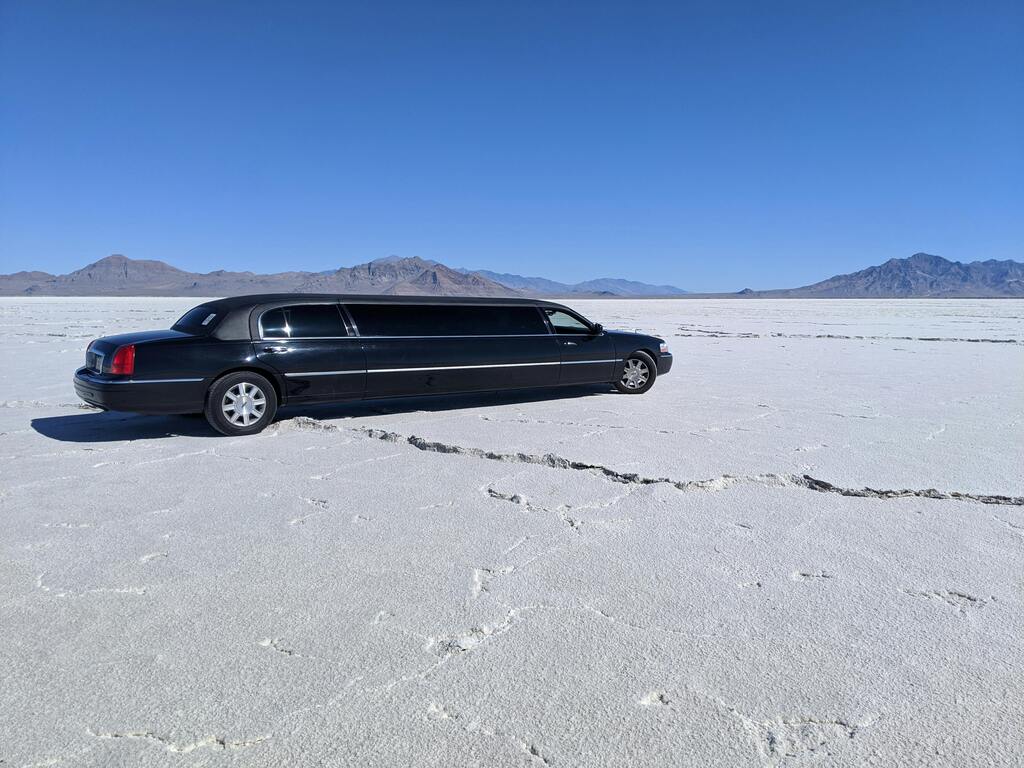Glass is often associated with fragility—but in some of the world’s most critical environments, from deep beneath the ocean to far above Earth’s surface, glass is engineered to be virtually unbreakable. High-security glass plays a vital role in submarines, spacecraft, and armored vehicles like the U.S. presidential limousine.
In this article, we’ll explore how this extraordinary glass is made, what makes it different from household or window glass, and trace its history from invention to modern-day applications.

High-security glass is engineered for extreme protection. It must withstand:
High pressures (as in submarines or deep-sea vessels)
Ballistics and explosions (as in armored cars or secure facilities)
Radiation, vacuum, and debris impacts (as in spacecraft and space stations)
This glass isn’t just thick—it’s a layered, scientifically-designed material combining multiple components to achieve maximum durability without sacrificing transparency or functionality.
High-security glass typically involves laminated layers, combining:
Glass sheets – for rigidity and clarity
Polycarbonate or other plastic interlayers – for flexibility and impact absorption
Advanced coatings – to resist UV radiation, infrared heat, or even chemical attacks
The layers are bonded under heat and pressure in a process called lamination, producing a unified structure far stronger than standard glass.
In some cases, ceramic glass, quartz, or aluminosilicate glass is used, offering superior heat and pressure resistance. Some advanced types may also incorporate transparent armor materials or bullet-resistant acrylics.
Engineers select a custom combination of glass types, polycarbonates, and coatings based on the end use (e.g., ballistic resistance vs. pressure containment).
Multiple sheets are stacked with interlayers and compressed in an autoclave (a high-pressure oven) to bond them together. The number and thickness of layers depend on the threat level the glass is designed to resist.
In many cases, the outer glass layers are tempered—heated and rapidly cooled to increase tensile strength and cause the glass to shatter into small, dull fragments if broken.
For applications like submarine portholes or the curved windows in spacecraft, the glass is heated and shaped in specialized molds before final lamination.
Each piece of glass undergoes strict testing for clarity, light distortion, pressure tolerance, and impact resistance—often using real-world simulations like ballistic firing or vacuum exposure.
Submarine windows, often called viewports, are made of thick acrylic or laminated quartz glass capable of withstanding immense water pressure.
These windows are tested to survive depths exceeding hundreds or even thousands of meters, where pressure can reach several hundred atmospheres.
Windows in the International Space Station (ISS) and similar vehicles use multiple layers of borosilicate glass, aluminosilicate glass, and quartz.
These windows must resist micrometeoroid impacts, thermal extremes, and radiation, all while providing astronauts with clear external views.
Some windows feature removable panes or shutters for protection during high-risk events like orbital debris strikes.
The U.S. presidential limousine, known as “The Beast,” uses glass several inches thick, made from multi-layer ballistic glass and polycarbonate.
This glass can resist armor-piercing rounds, explosions, and chemical attacks while maintaining a normal appearance.
Similar technologies are used in military vehicles, armored bank transports, and high-security buildings.
19th Century – Early safety glass was developed by accident, when cellulose-coated glass showed resistance to shattering.
Early 1900s – Laminated glass was commercialized for vehicle windshields, improving driver safety.
World War II Era – Military needs accelerated the development of bullet-resistant and pressure-resistant glass for aircraft and submarines.
1950s–1970s – Space programs pushed innovation further, requiring glass that could survive the harsh environment of space.
Modern Day – High-security glass is now custom-designed for applications ranging from commercial airliners to nuclear facilities, with highly specialized materials tailored to exact threats.

High-security glass is a marvel of modern engineering—built not just for transparency, but for survival. Whether it’s withstanding ocean depths, defending a head of state, or shielding astronauts in orbit, this glass is a critical barrier between people and danger.
What seems like a simple window is actually a high-tech, multilayered shield—a silent protector crafted with precision, science, and purpose.